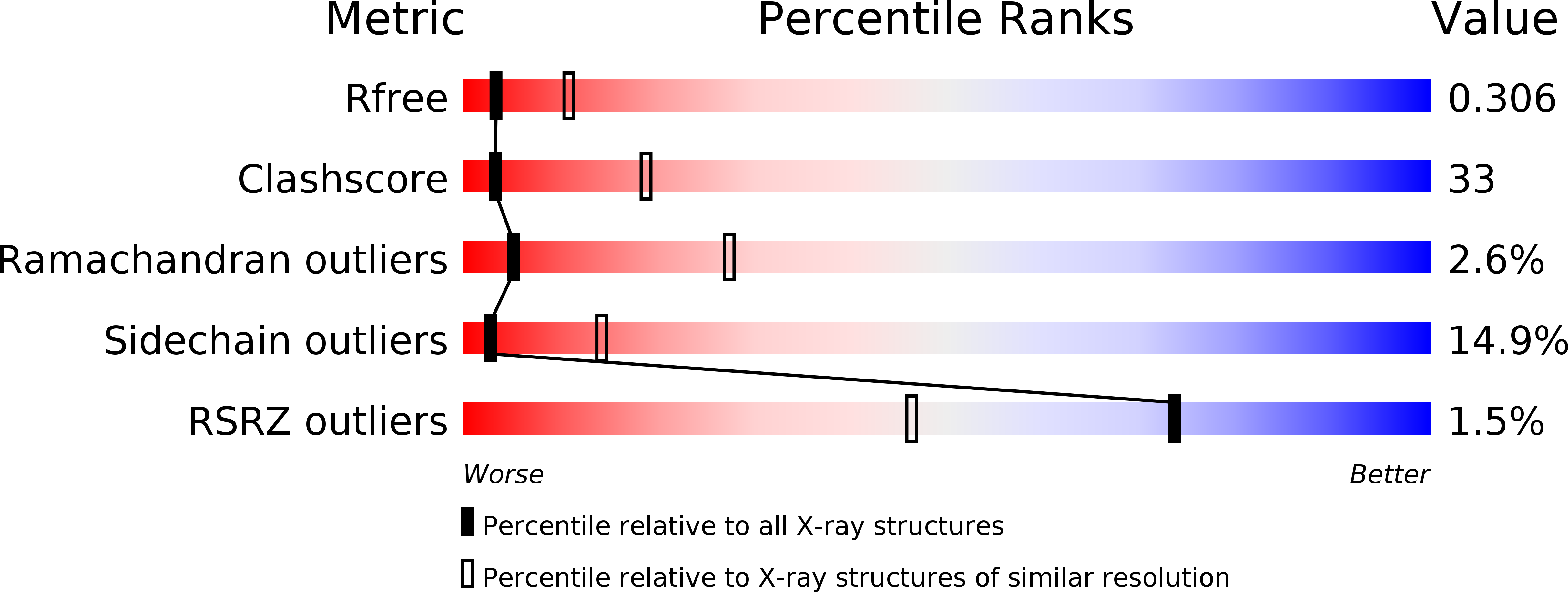
Deposition Date
2009-09-15
Release Date
2010-02-23
Last Version Date
2024-03-20
Entry Detail
PDB ID:
3JUA
Keywords:
Title:
Structural basis of YAP recognition by TEAD4 in the Hippo pathway
Biological Source:
Source Organism:
Mus musculus (Taxon ID: 10090)
Host Organism:
Method Details:
Experimental Method:
Resolution:
3.00 Å
R-Value Free:
0.28
R-Value Work:
0.23
R-Value Observed:
0.23
Space Group:
P 21 21 21


